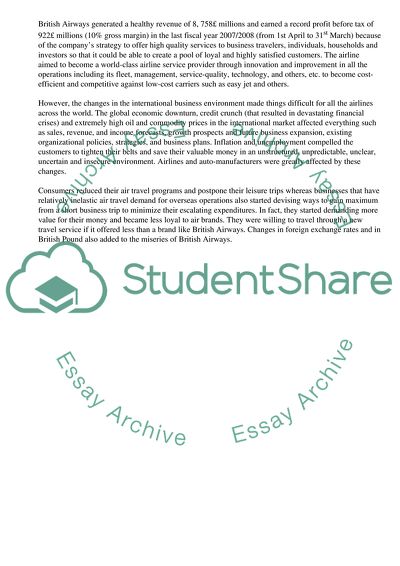Cite this document
(British Airways' Need to Come Up with Different Strategies to Retain I Case Study, n.d.)
British Airways' Need to Come Up with Different Strategies to Retain I Case Study. Retrieved from https://studentshare.org/business/1563512-flying-through-turbulence-advanced-financial-reporting-analysis-of-financial-satements
British Airways' Need to Come Up with Different Strategies to Retain I Case Study. Retrieved from https://studentshare.org/business/1563512-flying-through-turbulence-advanced-financial-reporting-analysis-of-financial-satements
(British Airways' Need to Come Up With Different Strategies to Retain I Case Study)
British Airways' Need to Come Up With Different Strategies to Retain I Case Study. https://studentshare.org/business/1563512-flying-through-turbulence-advanced-financial-reporting-analysis-of-financial-satements.
British Airways' Need to Come Up With Different Strategies to Retain I Case Study. https://studentshare.org/business/1563512-flying-through-turbulence-advanced-financial-reporting-analysis-of-financial-satements.
“British Airways' Need to Come Up With Different Strategies to Retain I Case Study”, n.d. https://studentshare.org/business/1563512-flying-through-turbulence-advanced-financial-reporting-analysis-of-financial-satements.


